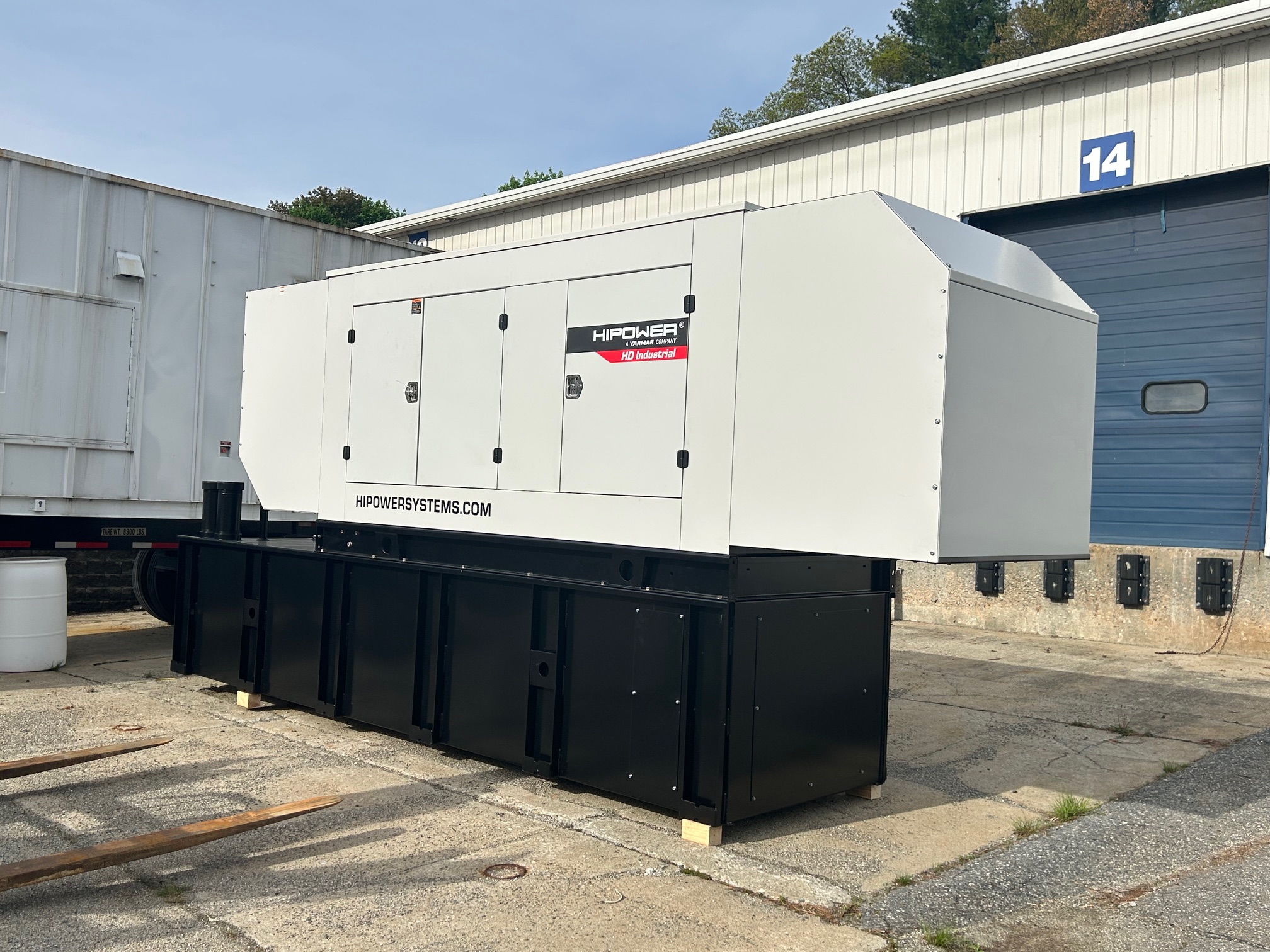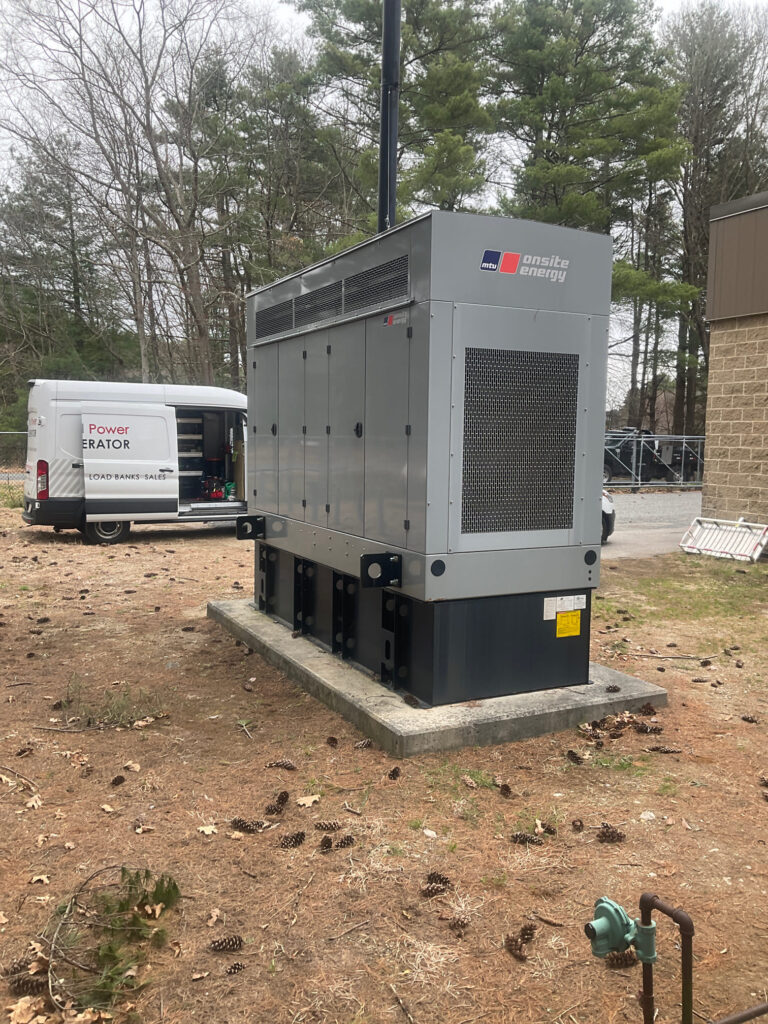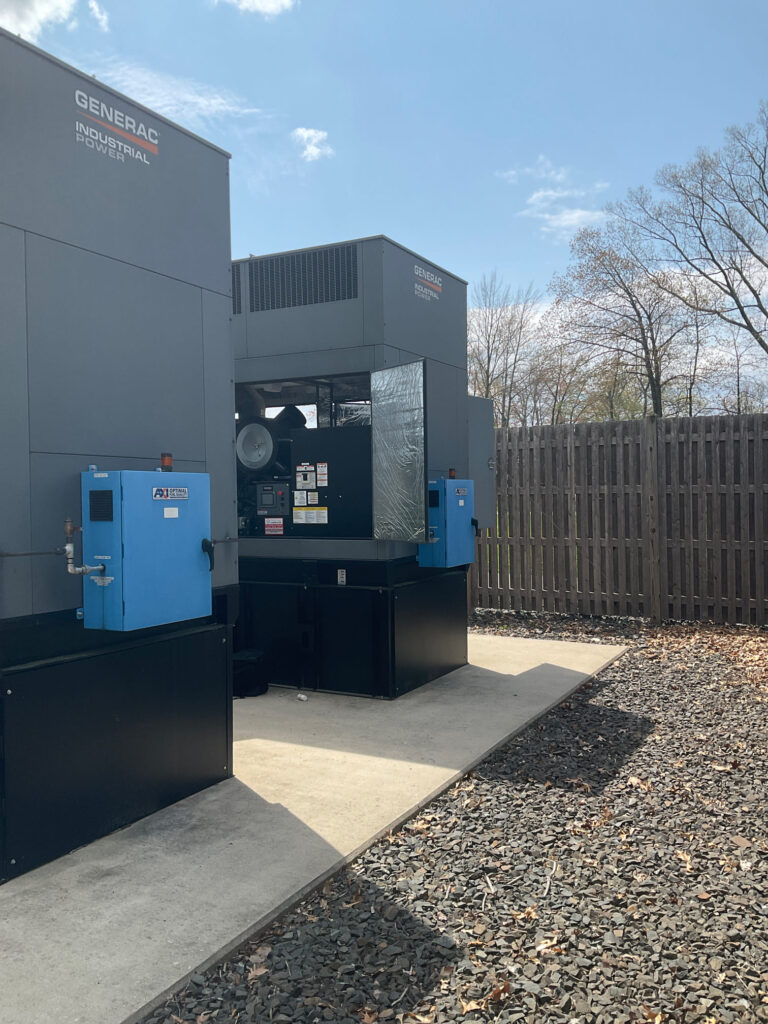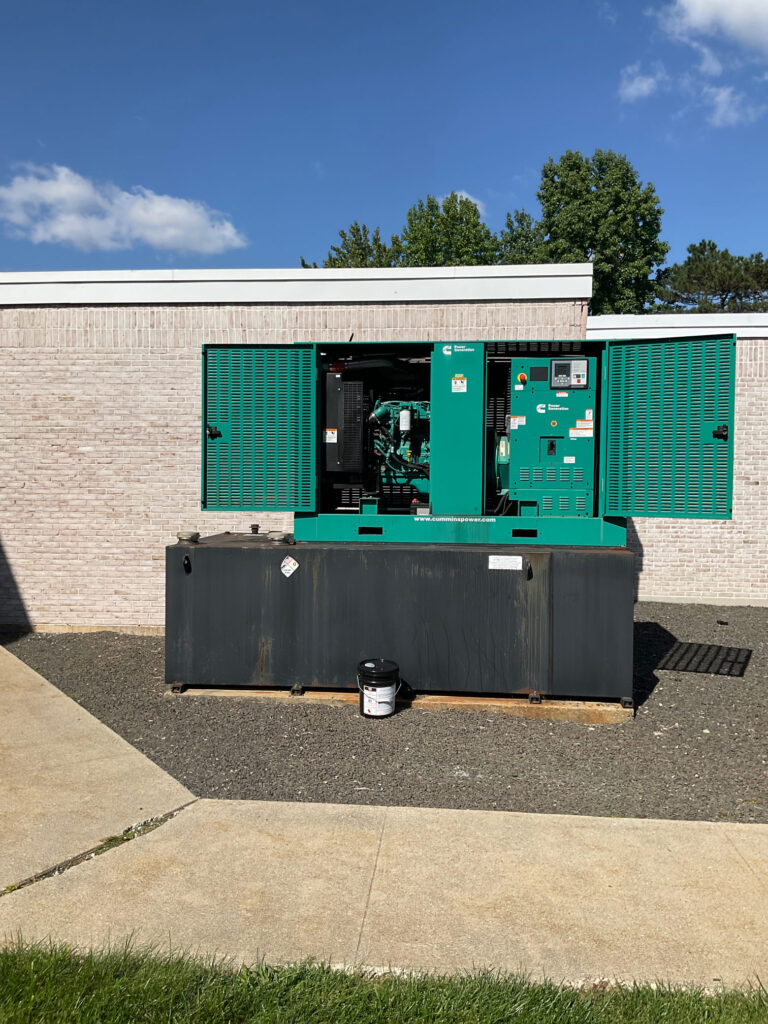6 Critical Fuel Tank Decisions For Your Generator

Understanding Generator Fuel Tanks: Capacity, Usage, and Run-Time Considerations
When planning for reliable backup power, one of the most overlooked, but absolutely critical components is the generator fuel tank. The size, type, and management of your generator’s fuel supply directly impact how long your system can run during a power outage, how often it needs to be refueled, and how compliant your setup is with local codes and regulations.
Table of Contents
Fuel Tank Types
Generator fuel tanks come in various forms, and the best option depends on the generator size, installation type, and space constraints.
- Sub-base Tanks: These are built into the generator base, saving space and often used for smaller to mid-size generators. They typically hold between 50 and 1,000 gallons.
- Day Tanks: Used in conjunction with a larger main storage tank. The day tank feeds the generator directly and is automatically refilled. Ideal for longer run-time applications or when main storage is located remotely.
- Above-Ground Storage Tanks (ASTs): Common for larger generators and outdoor setups. Capacities range from hundreds to tens of thousands of gallons.
- Underground Storage Tanks (USTs): Used when space is limited or to protect fuel from temperature swings. Must comply with strict environmental regulations.

Fuel Type and Usage
Most commercial standby generators run on diesel, natural gas, or propane, each with different fuel storage and delivery requirements.
- Diesel Generators: Require on-site storage. Diesel offers high energy density but degrades over time, making fuel polishing and regular testing essential.
- Natural Gas Generators: Connect directly to utility gas lines, so there’s no need for an on-site tank. However, this assumes utility gas remains available during outages.
- Propane Generators: Typically used in rural areas or as a dual-fuel backup. Require specialized tanks and careful volume planning.
Calculating Fuel Consumption and Run-Time
To determine the maximum run-time of your generator, you need to know two things:
- Fuel tank capacity (in gallons)
- Generator fuel consumption rate (gallons per hour)
Example: A 100 kW diesel generator may consume roughly 7 gallons per hour at full load. With a 500-gallon tank, the generator could run for about 71 hours, assuming 100% usable fuel (which isn’t realistic—more on that below).
Keep in mind:
- Fuel tanks should not be drawn down to 0%. Most tanks are considered usable to 80-90% of their capacity to avoid sucking up sludge or air.
- Load level affects fuel consumption: A generator at 50% load consumes significantly less fuel than one at 100%.

Fuel Storage Regulations and Best Practices
Local fire codes, the NFPA (National Fire Protection Association), and environmental agencies such as the EPA all regulate how fuel must be stored. Some key requirements include:
- Spill containment for above-ground tanks
- Ventilation and clearance distances
- Secondary containment for underground tanks
- Periodic fuel testing to prevent degradation
- Permits and inspections depending on tank size and location
Tip: Routine diesel fuel sampling and testing can alert you when fuel polishing is needed to prevent microbial growth, water contamination, and sediment buildup that can clog filters or damage injectors.
Matching Fuel Tank Capacity to Your Needs
When planning fuel storage, consider:
- Criticality of your facility: Hospitals, data centers, and emergency services often require 24-96 hours of backup power.
- Refueling strategy: How quickly can fuel be delivered in an extended outage?
- Budget and space: Larger tanks increase run time but require more up-front investment and space allocation.

Real-World Recommendations
At Weld Power Generator, we help businesses assess their fuel storage strategy as part of a comprehensive generator installation or maintenance plan. Here are some best practices:
- Always size fuel tanks based on load calculations and real-world runtime requirements, not just tank specs.
- Incorporate remote fuel level monitoring to avoid surprise outages or last-minute refueling.
- Schedule regular fuel testing and polishing, especially for diesel tanks that sit unused for long periods.
- Consider rental generator support during long-duration outages if your existing tank capacity is limited.
Conclusion: Generator Fuel Tanks
The reliability of your generator doesn’t stop at the engine, it begins with a fuel tank that’s properly sized, maintained, and compliant. Whether you’re planning a new generator installation or reevaluating your emergency power preparedness, fuel tank strategy plays a central role in ensuring continuous uptime during outages.
Need help assessing your current fuel setup or planning for a new system? Contact Weld Power Generator for expert guidance, fuel maintenance services, and turnkey generator solutions.
